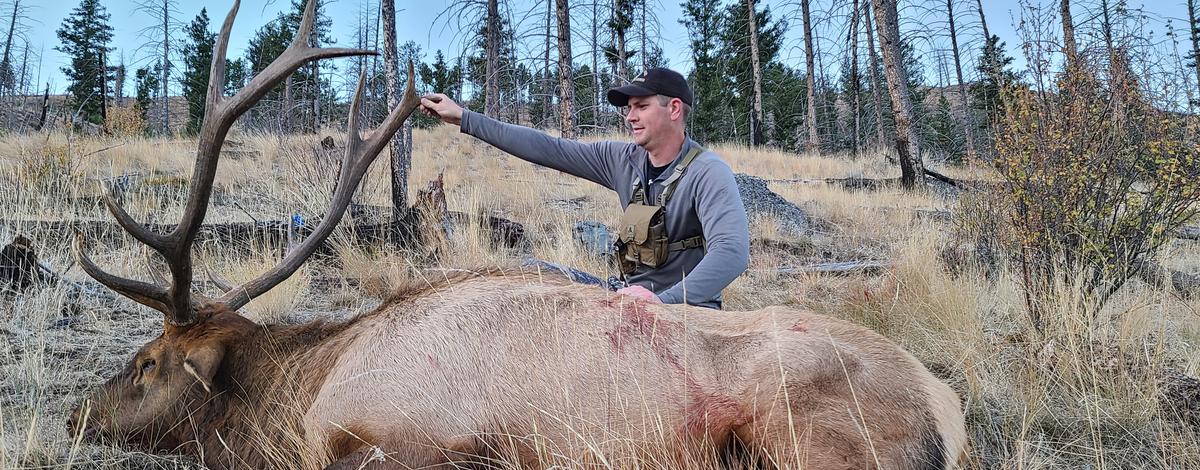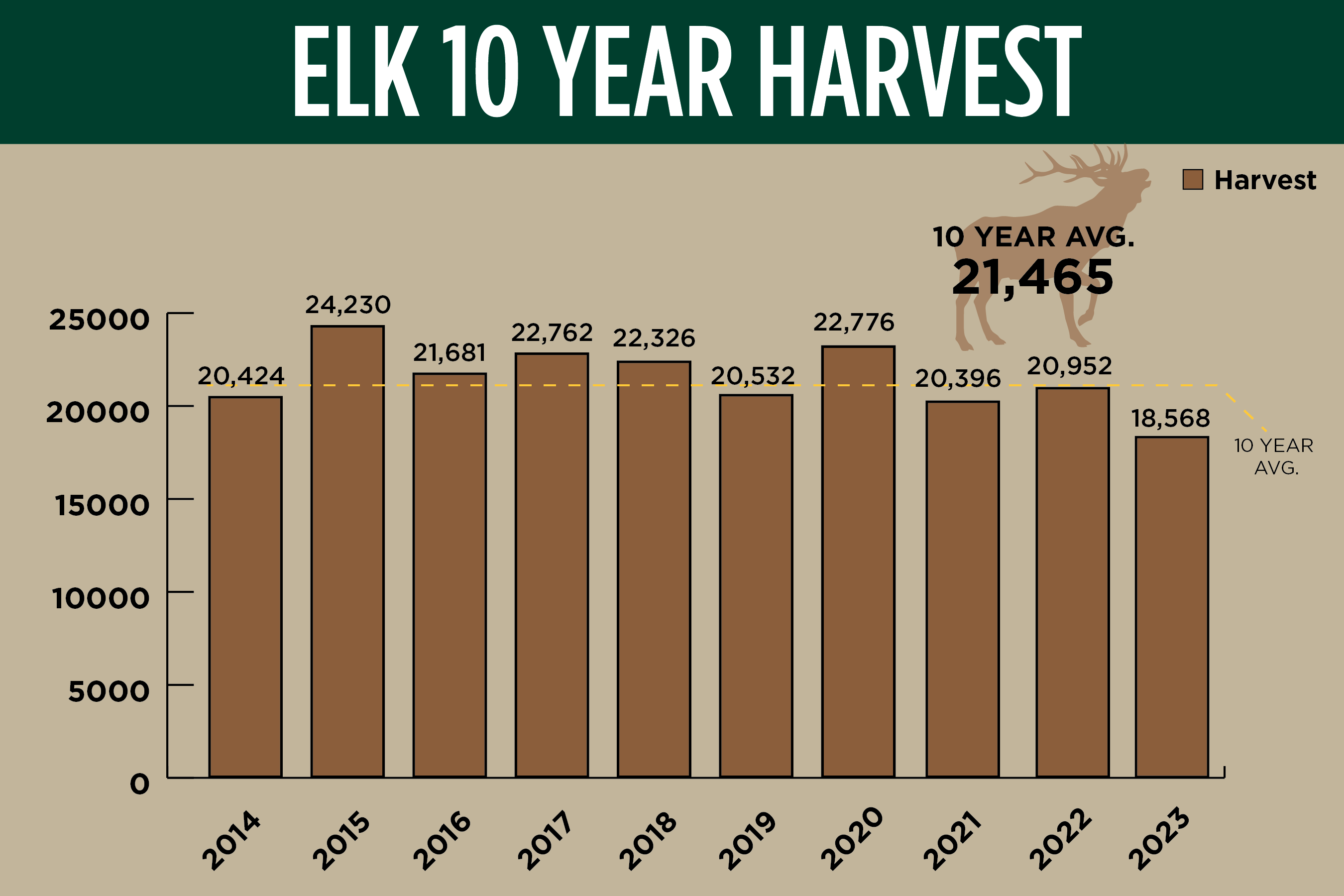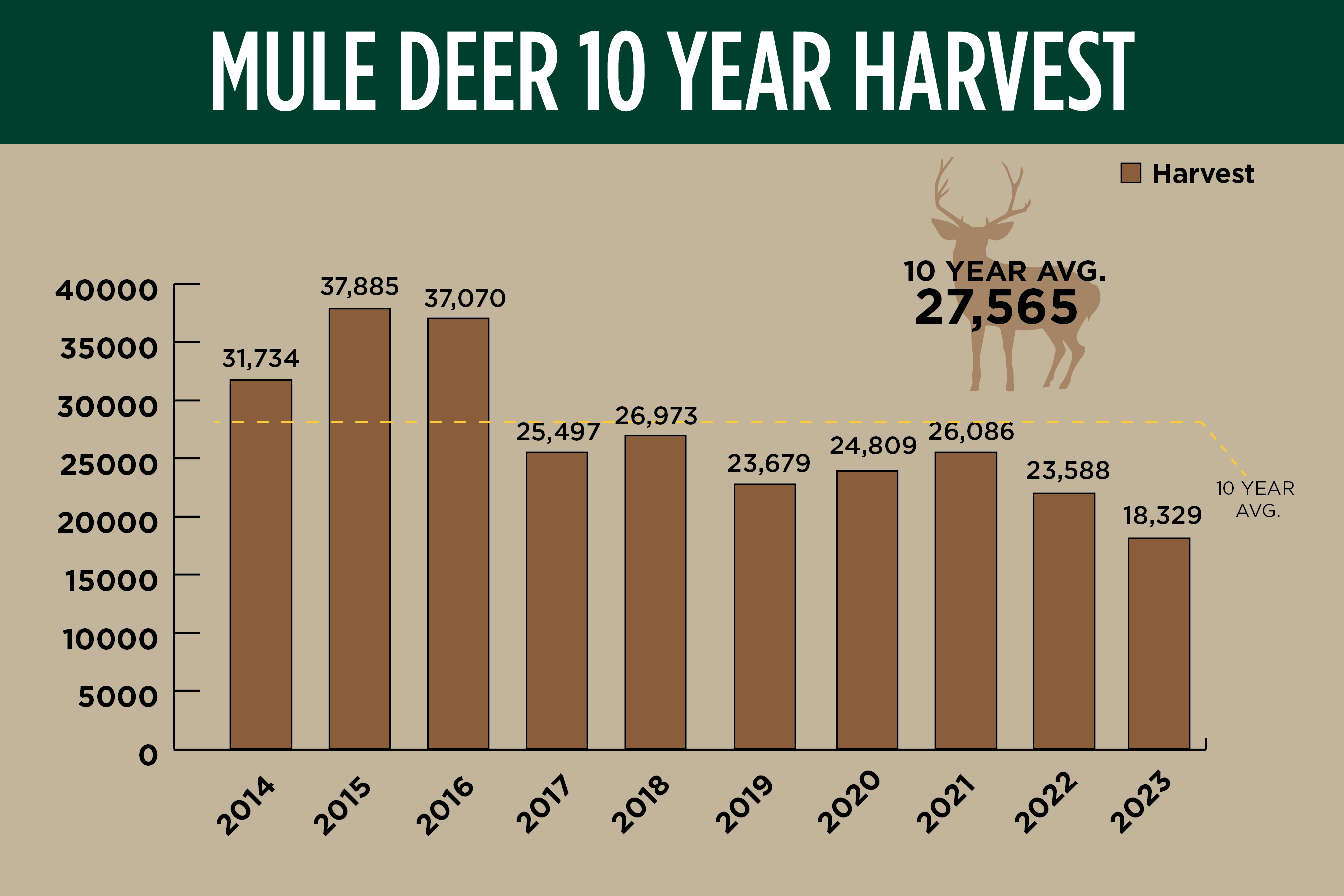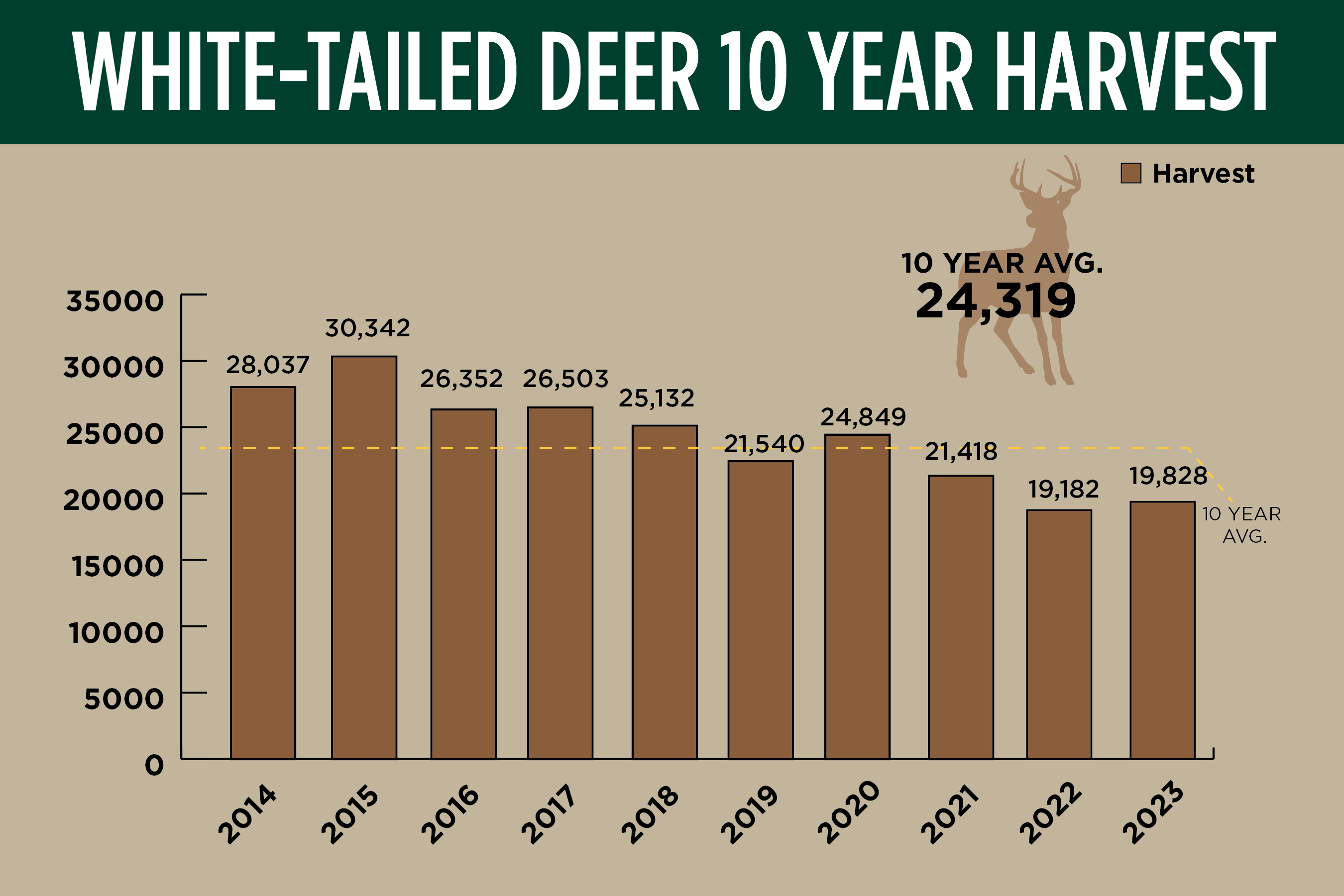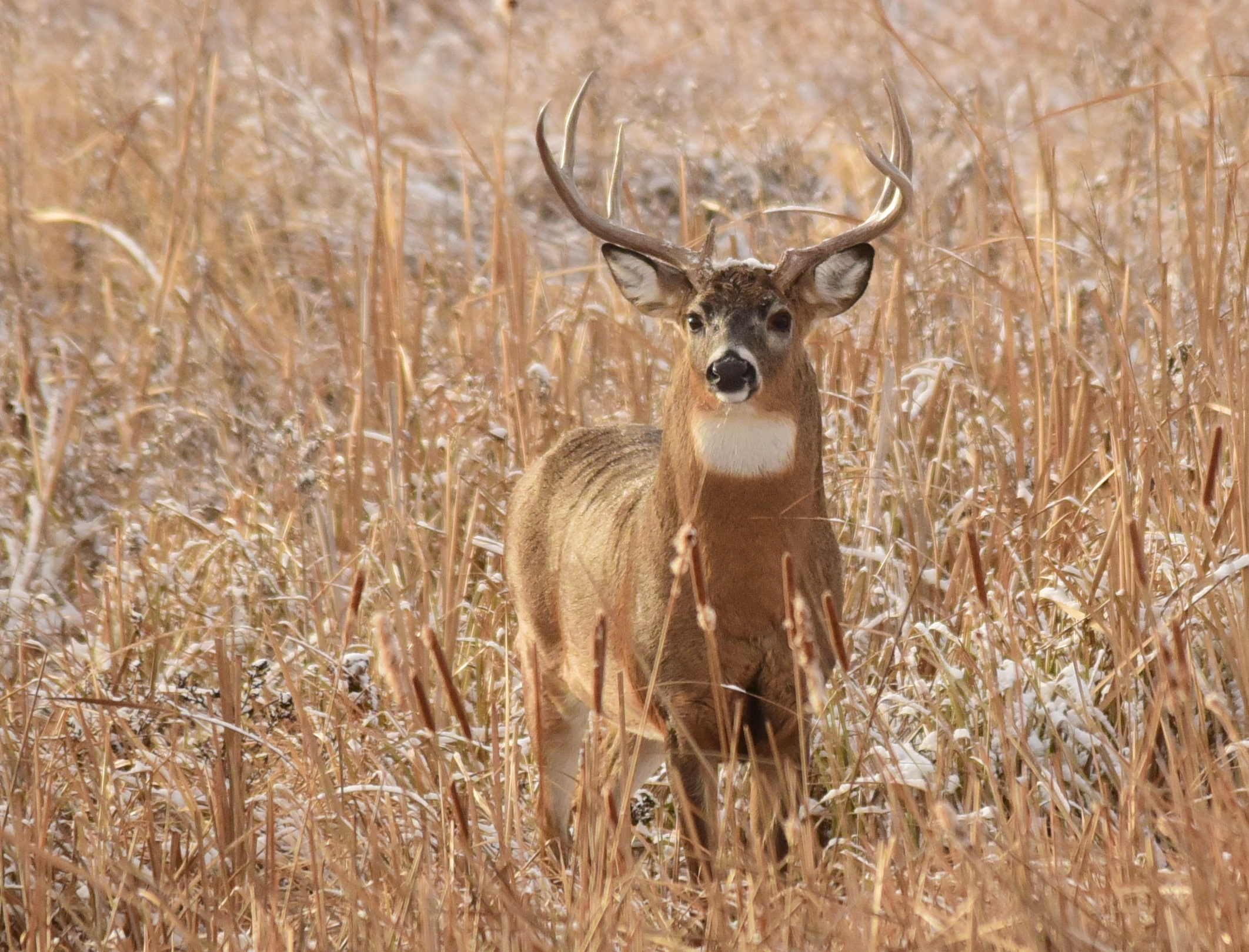It didn’t take a whole lot of rubbing the crystal ball to forecast a less-than-stellar mule deer harvest in 2023 because of the severe winter that preceded it. And with last fall’s harvest stats now available, the story that commenced after one of the worst eastern Idaho winters on record can be told.
Ironically, it may have been the opposite weather that contributed to the lowest elk harvest since 2013. Warm fall weather with little precipitation often creates poor hunting conditions, but weather or not, the statewide elk harvest dropped nearly 2,400 animals compared to the prior year.

